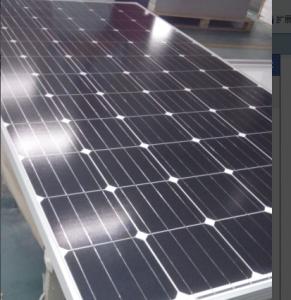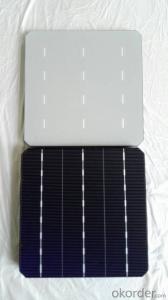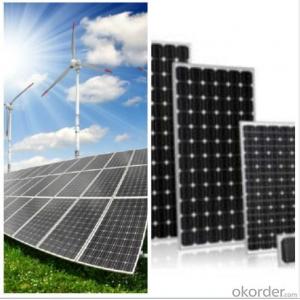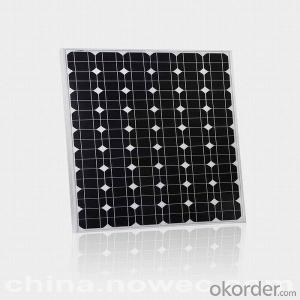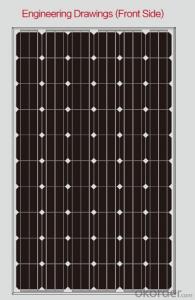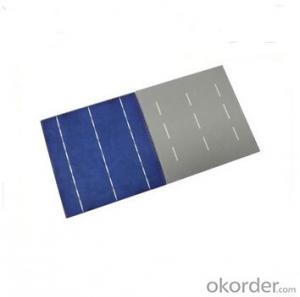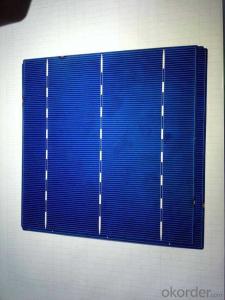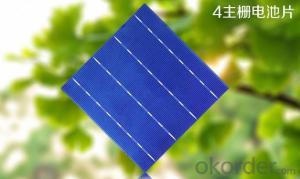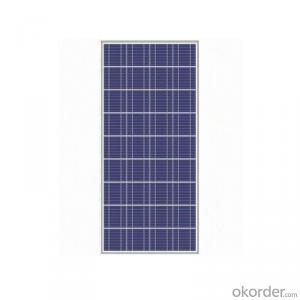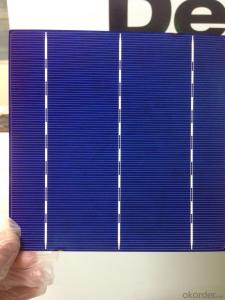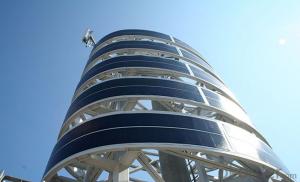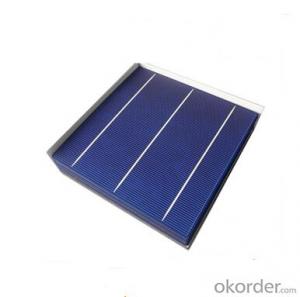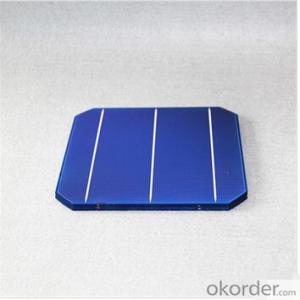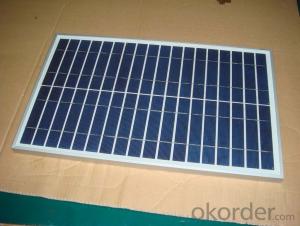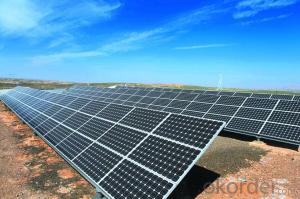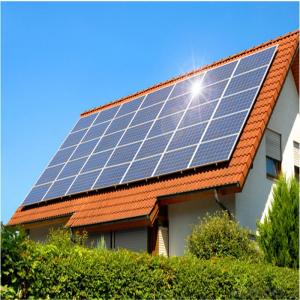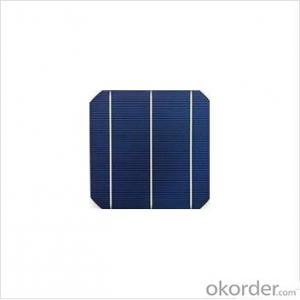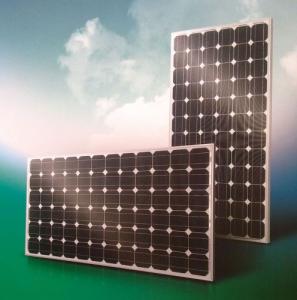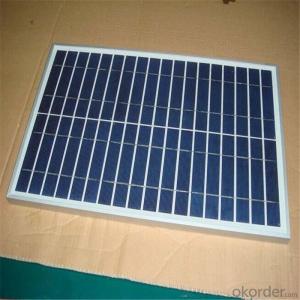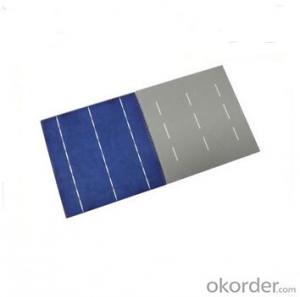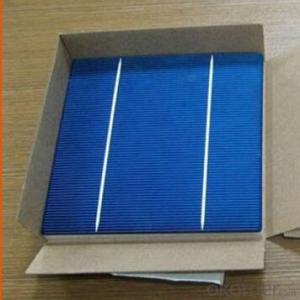High Performance Solar Cells
High Performance Solar Cells Related Searches
High Power Solar Cells High Efficiency Solar Cells High Quality Solar Cells High Output Solar Cells Highest Efficiency Solar Cells High Temperature Solar Cells High Wattage Solar Cells High Voltage Solar Cells Hot Solar Cells Highly Transparent Solar Cells Photovoltaic Solar Cells Better Solar Cells Best Solar Cells 1st Generation Solar Cells Affordable Solar Cells Low Cost Solar Cells Full Spectrum Solar Cells High Power Solar Inverter Bulk Solar Cells First Generation Solar Cells High Efficiency Solar Inverter Lightweight Solar Cells Cheap Solar Cells Free Solar Cells Compact Solar Cells Printable Solar Cells Printed Solar Cells Residential Solar Cells Large Solar Cells High Quality Solar InverterHigh Performance Solar Cells Supplier & Manufacturer from China
High Performance Solar Cells are advanced photovoltaic products designed to convert sunlight into electricity with exceptional efficiency. These solar cells are engineered with cutting-edge technology to maximize energy output and are made from high-quality materials that ensure durability and long-lasting performance. They are widely recognized for their ability to withstand various environmental conditions, making them a popular choice for both residential and commercial applications.High Performance Solar Cells are utilized in a variety of settings, from powering homes and businesses to providing energy for remote locations and off-grid systems. They are also commonly used in large-scale solar farms and as a sustainable energy source for electric vehicles and charging stations. The versatility of these solar cells allows them to be integrated into various systems, making them a valuable asset in the pursuit of clean and renewable energy solutions.
Okorder.com is a leading wholesale supplier of High Performance Solar Cells, offering a vast inventory to meet the growing demand for efficient and reliable solar energy solutions. With a commitment to quality and customer satisfaction, Okorder.com ensures that each High Performance Solar Cell is thoroughly tested and inspected before being shipped to customers worldwide. This dedication to excellence makes Okorder.com the preferred choice for those seeking top-tier solar products at competitive prices.
Hot Products


